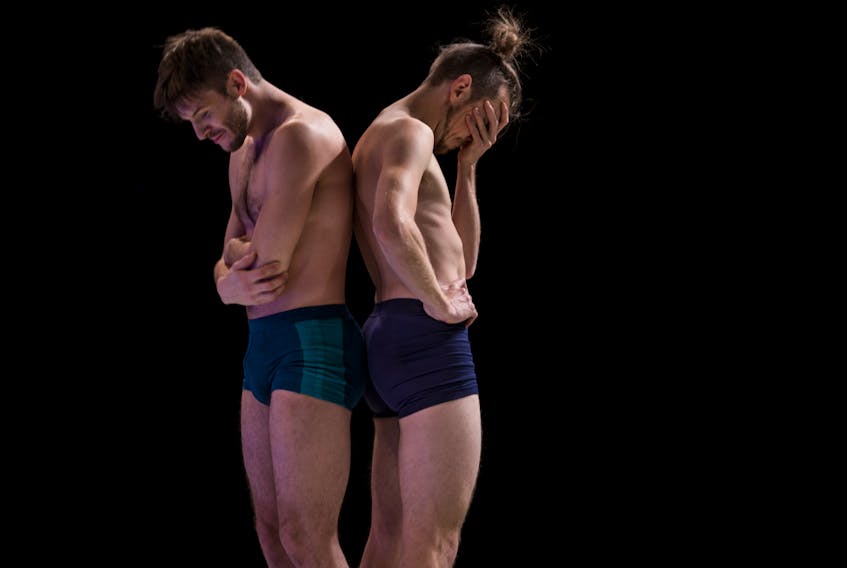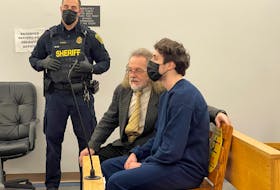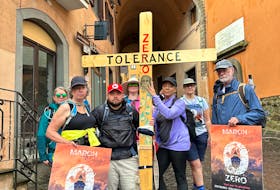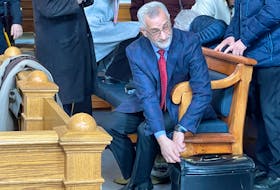I always look forward to Neighbourhood Dance Work's annual Festival of New Dance. The two-week-long festival is always full of interesting, inspiring, surprising and — to those of us who live outside of this sect of the arts community — wonderfully weird events.
When I first reviewed this festival years ago, I was nervous, afraid that I just wouldn't "get it." This year, I remembered what musician Ben Caplan joked after I misheard some of his lyrics: "That's the great thing about art. You can interpret it any way you want, even if you're wrong."
Armed with this offbeat mantra, I headed to the LSPU Hall on Tuesday for Daniel Léveillé's "Solitudes Duo."
The Hall was surprisingly full for a Tuesday night — a testament to how amazing this festival is. Staged to music from legendary composer Johann Sebastian Bach, 18th-century harpsichordist Pancrace Royer and late 1960s rock and roll, this piece was both a visual and aural delight.
Each choreographed move carefully set to its accompanying music, the audience watched as pairs of dancers worked the bright, white dance floor.
In a few words, it was interpretive dance meeting ballet, incorporating gymnastics, with a Cirque du Soleil vibe, and the emotional complexity of a romantic poet.
Presented by four men and two women, for the most part clad in only underwear bottoms, the duos presented their story lines using only body language.
I understood many of the actions: pulling away, and being pushed away. Tight hugs, and soft caresses. The casual shrugging off of a gently placed hand on a shoulder.
There were other movements that I did not recognize from any lovers' quarrels of my own — leaping, crouching, twirling, rolling, flipping, gyrating, tumbling, flailing, waving, twitching, throwing, falling, crawling, climbing, jumping — yet, these motions all played a vital role in presenting the silent and uniquely interpretive plot.
In between breaking down the subtleties in each move, I caught myself wondering about how much yoga these dancers must do to be able to balance and stretch like that.
Riding that same train of thought, I also appreciated the physical intensity of the piece, seeing — while seated in the top back corner — their chests and abdomens rise and fall with heavy breathing.
As the lights changed, I focused on shadows. As the music changed, switching back and forth between Bach, Royer, The Doors and The Beatles, the tempo of the performance changed accordingly.
In between the music and the movements, the still and quiet moments also demanded absolute attention. There were little moments of humour throughout the piece as well, which was not what I had anticipated.
The pairs made eye contact every now and again, and I could feel the connection, even as their moves presented a disconnect between characters. It was enthralling, and likely more passionate than any romantic movie you've ever seen.
There were just two people onstage at any given time, yet there was so much to take in.
As the crowd gave a standing ovation, I thought again about what Ben had said about the freedoms of interpreting art. … Judging by the crowd response, the silent movements had communicated their message.









